.png)
Image by Richard Walker
KEY POINTS
- Real estate chain Ray White records a strong recovery in house and unit prices across Australia in January 2025, both up by 0.7% after just one month of declines
- Sydney (+1.1%), Perth (+1.1%), and Brisbane (+0.8%) led house price growth, while Perth (+1.1%) and Brisbane (+0.8%) saw the biggest unit price gains
- The real estate giant says factors such as a persistent housing shortage and high construction costs are limiting supply, driving long-term price increases
Data compiled by one of Australia’s largest real estate chains says the Australian housing market staged a “remarkable recovery” in January 2025, bouncing back to growth after just one month of price declines.
The Ray White Group says this sharp turnaround could well be among the shortest property market downturns on record in Australia.
Houses
Ray White says house prices rose 0.7% nationally in January, led by a 0.8% lift in major cities.
This included a 0.6% jump in the underperforming Melbourne market, to see that city just move into positive territory over the past 12 months (0.1%).
Sydney saw a large 1.1% jump to claw back some of its recent falls to end up 3.1% for the year.
Booming Perth lifted 1.1% in January as well, to clock up 16.7% growth in its house market over the past year, while Brisbane lifted 0.8% for an annual growth rate of 9.5%.
Ray White also provides figures for the Gold Coast, which saw a solid 0.9% lift in house prices in January for an annual rise of 5.8%.
Units
Unit markets also saw solid price growth in January, again led by the major cities with a 0.7% lift.
Even Melbourne’s troubled unit market saw prices lift by 0.5%, putting the Victorian capital into positive territory for the past year at 0.2%.
Sydney units saw a solid 0.8% gain, meaning the Harbour City finished January 2025 2.2% up year-on-year.
Again, Perth was the standout with a 1.1% gain over the month, meaning units in the WA capital have put on 17.4% over the last year.
Brisbane’s undersupplied unit market saw an 0.8% rise to clock in a 12.6% rise over the last year, with Adelaide also chalking up a solid 0.7% for an impressive 13.2% year-on-year result.
The Gold Coast unit market also performed well, with prices up by 0.7% in January alone.
Two-speed
Ray White’s Chief Economist, Nerida Conisbee, says the real estate chain’s latest figures underlines “the two-speed nature of Australia's property market.”
“While Perth maintains strong momentum with 16.7% annual growth and Adelaide shows robust performance at 10.2%, the larger southern capitals remain in a slower growth pattern,” she says.
“Melbourne's mere 0.1% annual growth, Canberra's 0.7%, and Sydney's 3.1% reflect this ongoing divergence.
“These figures reinforce that the traditional property powerhouses of Sydney, Melbourne, and Canberra continue to operate at a different pace from the rest of the country,” she says.
Methodology
Ray White’s dwelling price growth figures use data from its own analytics business - Neoval.
It’s worth noting that Neoval uses geometric mean pricing, a different methodology from other data providers like CoreLogic and PropTrack.
CoreLogic reported that home values remained flat in January across Australia, while PropTrack noted a small price easing of 0.08%.
A new normal for Australian property
Nerida Conisbee says the property market resurgence Ray White has observed appears to be driven by several key factors.
“Most significantly, growing expectations of an interest rate cut have boosted market sentiment,” she says.
“This anticipated monetary easing would increase buyers' borrowing capacity and reduce mortgage payments for existing homeowners.
“Market confidence has also been bolstered by these positive rate expectations.”
Ms Conisbee says a seasonal reduction in new property listings, combined with more cautious seller behavior, has created tighter market conditions.
“Once interest rates do decrease, we could see a rapid shift from the buyer's market experienced in late 2024 to conditions favoring sellers,” she says.
The Ray White Chief Economist says the long term outlook for the property market “suggests continued price growth, albeit with occasional brief periods of decline.
“This trajectory is primarily driven by a persistent structural undersupply in the Australian housing market.”
In fact, Ms Conisbee says the ongoing housing shortage appears to be leading to a fundamental shift in the way Australia’s property market behaves.
“Traditional cycles of significant ups and downs are being replaced by sustained long-term price growth, interrupted only by brief corrections,” she says.
“The supply constraints facing the market are multifaceted and deeply entrenched,” she says, noting that the construction industry is currently operating at capacity, while decades of undersupply have created a significant building backlog.
Ms Conisbee says the problem has been exacerbated by shrinking household sizes.
“Construction time frames have permanently extended,” she says, “and the industry faces workforce challenges with an aging labor pool that isn't being replenished quickly enough.”
All the factors limiting the supply of new homes have effectively created a floor for housing prices, according to Nerida Conisbee, and they limit the potential for significant price reductions.
In fact, these supply-side challenges are unlikely to be solved soon and suggest what she says is “sustained upward pressure on housing prices for the foreseeable future.”
Stay Up to Date
with the Latest Australian Property News, Insights & Education.




.png?width=292&height=292&name=Copy%20Link%20(1).png)
 SIGN UP FOR FREE NEWSLETTER
SIGN UP FOR FREE NEWSLETTER
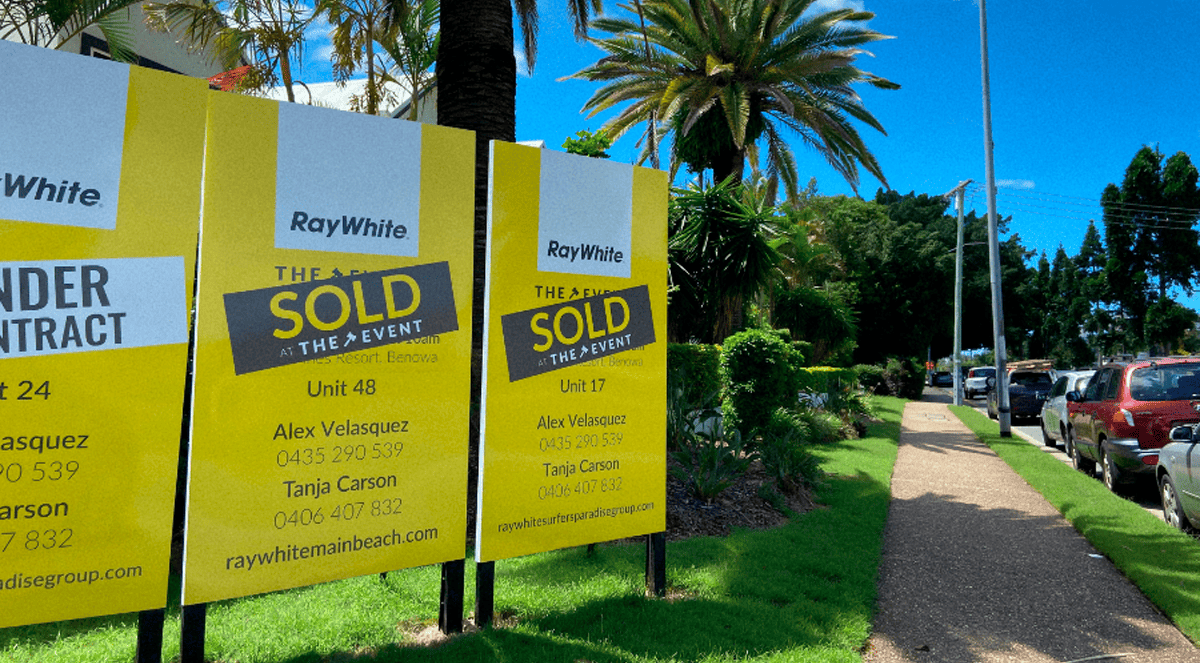
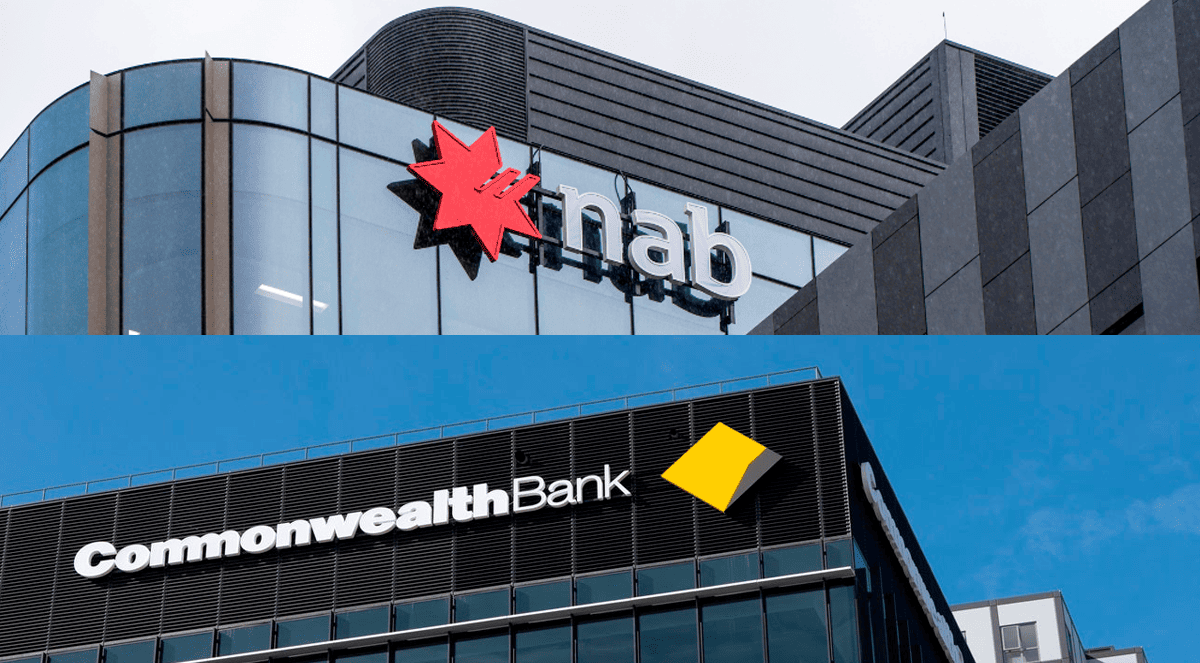
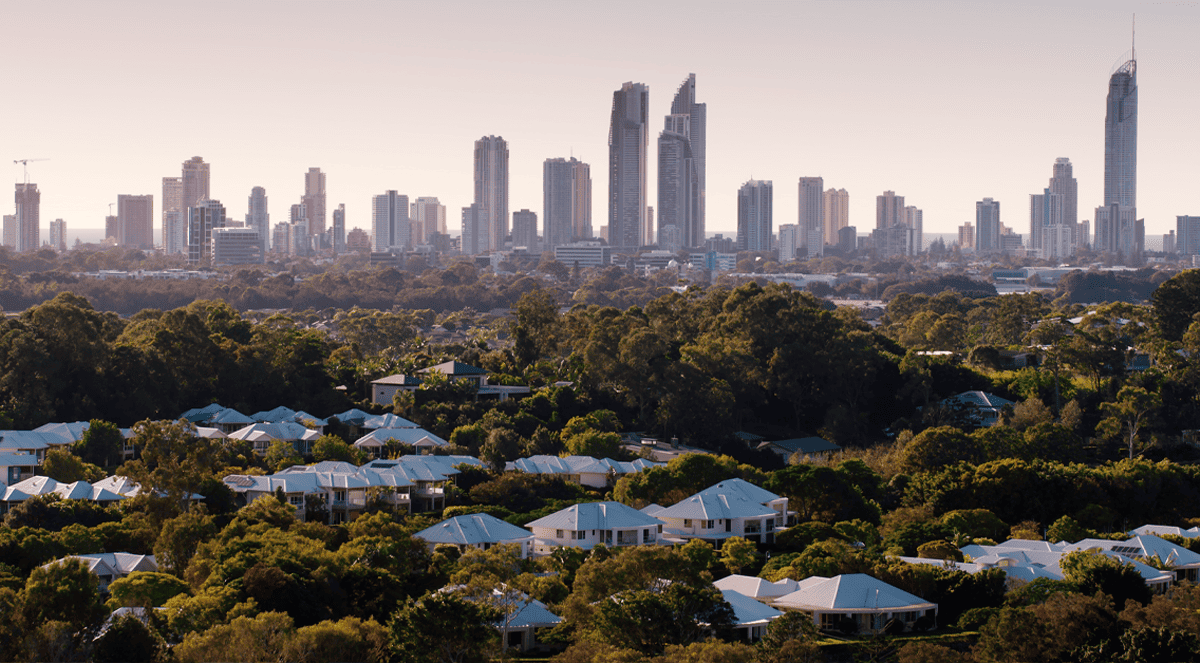
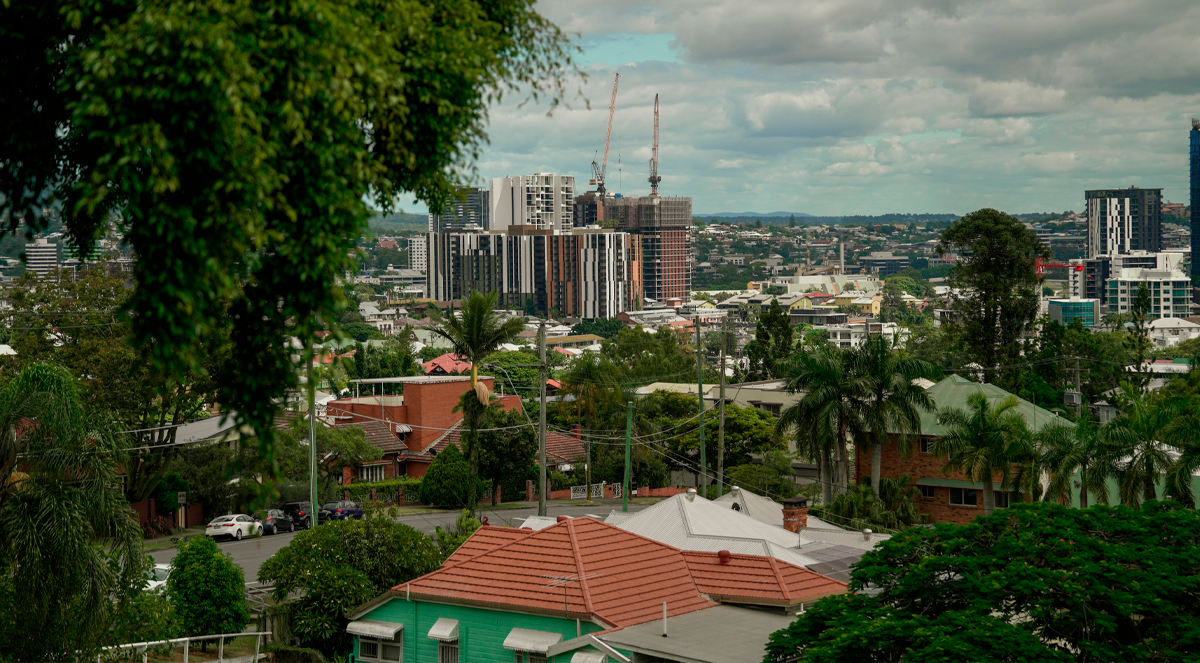
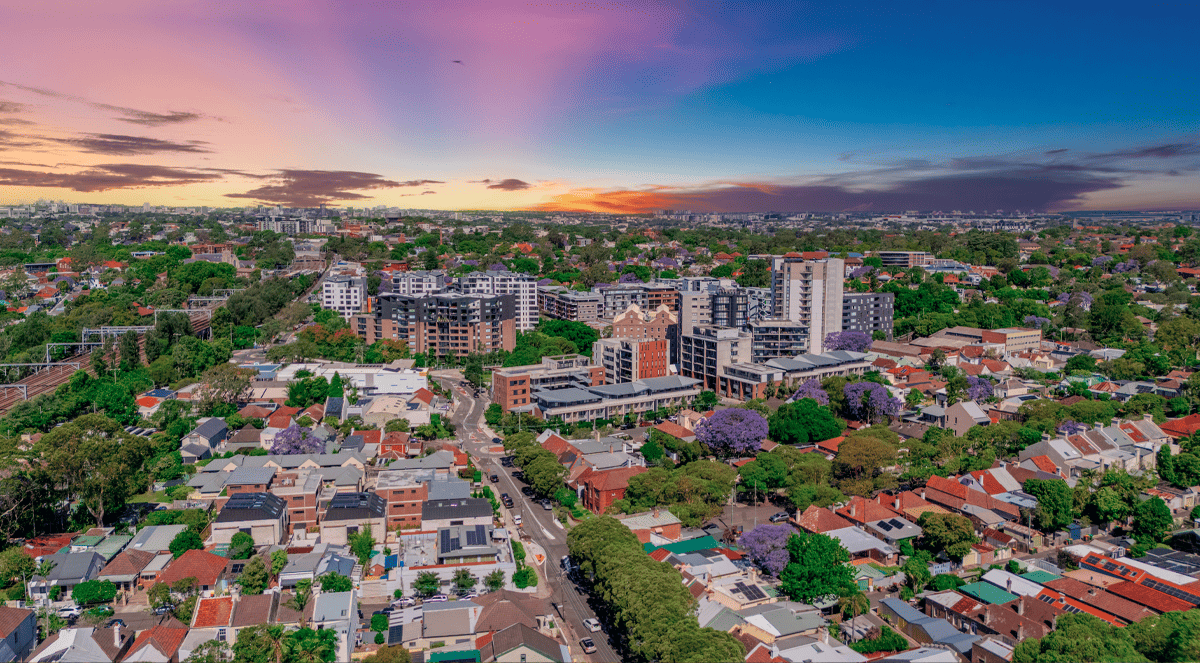
.jpg?width=1920&height=1080&name=Warning%2c%20You%20Might%20Be%20Facing%20Higher%20Taxes%20Soon%20(1).jpg)





.png?width=1920&height=1080&name=Rate%20Drops%20Signal%20BIGGEST%20Property%20Boom%20in%20DECADES%20(1).png)

.jpg?width=1920&height=1080&name=Labor%20vs%20Liberal%20These%20Housing%20Policies%20Could%20Change%20the%20Property%20Market%20Forever%20(1).jpg)
.jpg?width=1920&height=1080&name=QLD%20Slashes%20Stamp%20Duty%20Big%20News%20for%20Investors%20%26%20Home%20Buyers%20(1).jpg)
.jpg?width=1920&height=1080&name=Trump%20Just%20Slapped%20Tariffs%20%E2%80%93%20Here%E2%80%99s%20What%20It%20Means%20for%20Australia%20(1).jpg)
.jpg?width=1920&height=1080&name=Federal%20Budget%202025%20More%20Debt%2c%20No%20Housing%20%E2%80%93%20Here%E2%80%99s%20What%20You%20Need%20to%20Know%20(1).jpg)
.jpg?width=1920&height=1080&name=Australias%20Housing%20Crisis%20is%20about%20to%20get%20MUCH%20Worse%20(New%20Data%20Warns).jpg)
%20(1).jpg?width=1920&height=1080&name=Australias%20RENTAL%20CRISIS%20Hits%20ROCK%20BOTTOM!%20(2025%20Update)%20(1).jpg)
%20(1).png?width=1920&height=1080&name=Is%20Adelaide%20Still%20a%20Good%20Property%20Investment%20(2025%20UPDATE)%20(1).png)
.jpg?width=1920&height=1080&name=RBA%20Shocks%20with%20Rate%20Cuts!%20What%E2%80%99s%20Next%20for%20Property%20Investors%20(1).jpg)
%20(1).jpg?width=1920&height=1080&name=I%20Predict%20The%20Feb%20Rate%20Cut%20(My%20Price%20Growth%20Prediction)%20(1).jpg)
.png?width=1920&height=1080&name=Why%20Property%20Prices%20Will%20Rise%20in%202025%20Market%20Predictions%20(1).png)
.jpg?width=1920&height=1080&name=Why%20Investors%20Are%20Choosing%20Apartments%20Over%20Houses%202%20(1).jpg)
.jpg?width=1920&height=1080&name=Why%20Rate%20Cuts%20Will%20Trigger%20A%20Property%20Boom%20(1).jpg)
.jpg?width=1920&height=1080&name=Retire%20On%202Million%20With%20One%20Property%20(Using%20SMSF).jpg)
.jpg?width=1920&height=1080&name=4%20Reasons%20Why%20You%20Should%20Invest%20in%20Melbourne%20Now%20(1).jpg)
%20(1).jpg?width=1920&height=1080&name=Old%20Property%20vs%20New%20Property%20(Facts%20and%20Figures%20Revealed)%20(1).jpg)
%20(1).jpg?width=1920&height=1080&name=Will%20The%20New%20QLD%20Govt%20Create%20a%20Property%20Boom%20or%20Bust%20(My%20Prediction)%20(1).jpg)
%20Scott%20Kuru%20(1).jpg?width=1920&height=1080&name=Inflation%20Hits%20Three-Year%20Low%20(Will%20RBA%20Cut%20Rates%20Soon)%20Scott%20Kuru%20(1).jpg)
.jpg?width=1920&height=1080&name=How%20to%20Buy%20Investment%20Property%20Through%20SMSF_%20The%20Ultimate%20Guide%20(1).jpg)
.jpg?width=1920&height=1080&name=Victoria%20Slashes%20Stamp%20Duty%20Melbourne%20Set%20to%20Boom%20Scott%20Kuru%20(1).jpg)
.png?width=1571&height=861&name=Are%20Foreign%20Buyers%20Really%20Driving%20Up%20Australian%20Property%20Prices%20(1).png)
.jpg?width=1920&height=1080&name=The%20Single%20Factor%20That%20Predicts%20Property%20Growth%20Regions%20(1).jpg)
%20Scott%20Kuru%20(1).jpg?width=1920&height=1080&name=My%20Prediction%20On%20Rates%20%26%20Negative%20Gearing%20(Market%20Crash)%20Scott%20Kuru%20(1).jpg)

-1.png?width=1920&height=1080&name=Major%20Banks%20Cut%20Rates%20Will%20RBA%20Follow%20Suit%20(Sept%20Rate%20Update)-1.png)
%20Scott%20Kuru-1.png?width=1920&height=1080&name=Rate%20Cut%20Coming%20What%20New%20Zealands%20Move%20Means%20for%20Australia%20(Sept%20Prediction)%20Scott%20Kuru-1.png)
%20(1).jpg?width=1920&height=1080&name=Buy%20when%20the%20interest%20rates%20are%20high!%20(Why%20you%20must%20buy%20now!)%20(1).jpg)
.jpg?width=1920&height=1080&name=Carms_Revised%20Taxes%20Due%20Aug%209%20YT%20Thumbnail02%20(1).jpg)
.jpg?width=1920&height=1080&name=Carms_Too%20Little%20Too%20Late%20Aug%207%20YT%20Thumbnail01%20(1).jpg)









.jpg?width=1920&height=1080&name=Carms_Rate%20Drop%20In%20July%20Jun%2010%20YT%20Thumbnail02%20(1).jpg)
.jpg?width=1920&height=1080&name=Carms_Own%20a%20Property%20V6%20Jun%205_YT%20Thumbnail%20(1).jpg)









.png?width=1920&height=1080&name=Artboard%201%20(3).png)






.jpg?width=1920&height=1080&name=YT%20thumbnail%20%20(1).jpg)

